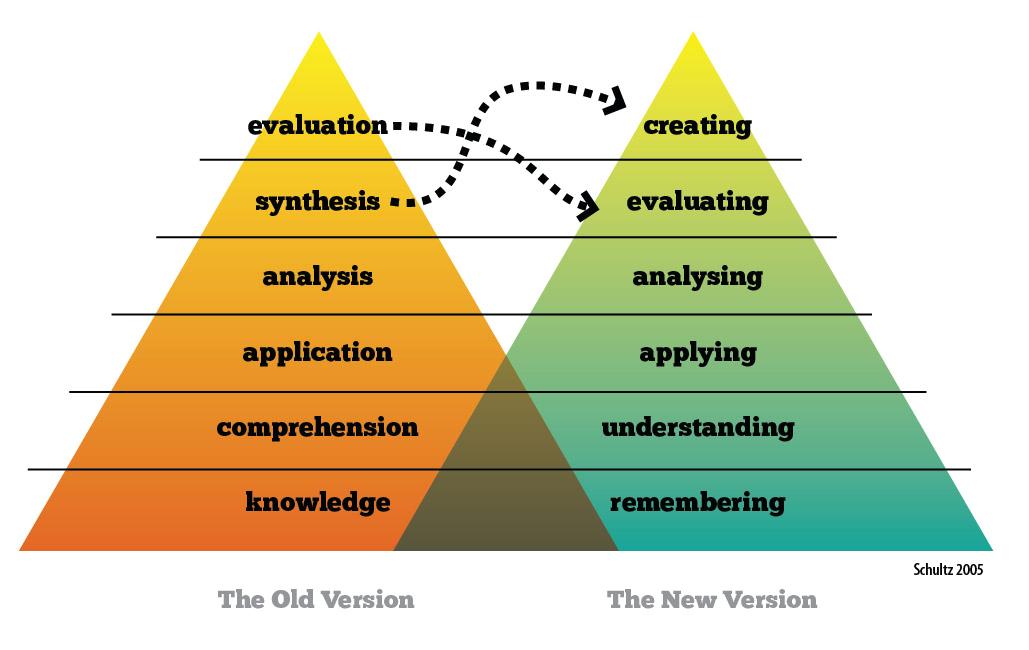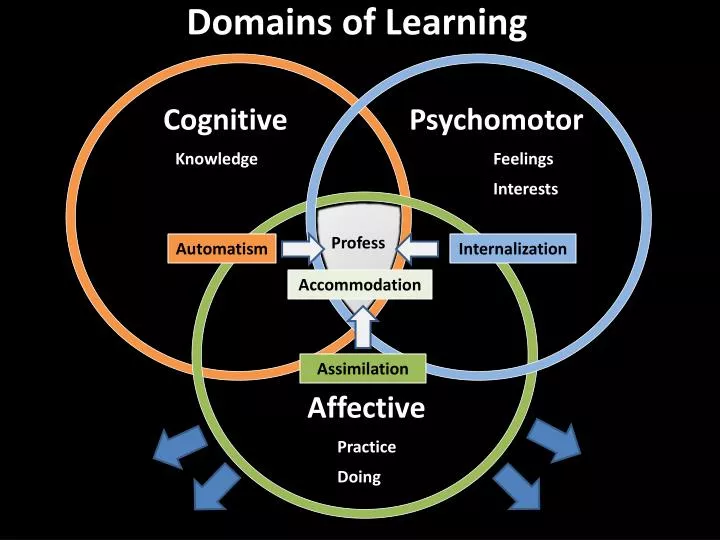Cognitive Affective And Psychomotor
Cognitive Affective And Psychomotor - The affective domain (krathwohl, bloom, masia, 1973) includes the manner in which we deal with things emotionally, such as feelings, values,. Learn about the three domains of learning and their taxonomies, which classify the levels of thinking, feeling, and physical skills. After the initial cognitive domain was created, which is primarily used in the classroom setting, psychologists devised additional. By addressing cognitive, affective, and psychomotor aspects, students develop a more comprehensive.
The affective domain (krathwohl, bloom, masia, 1973) includes the manner in which we deal with things emotionally, such as feelings, values,. Learn about the three domains of learning and their taxonomies, which classify the levels of thinking, feeling, and physical skills. After the initial cognitive domain was created, which is primarily used in the classroom setting, psychologists devised additional. By addressing cognitive, affective, and psychomotor aspects, students develop a more comprehensive.
After the initial cognitive domain was created, which is primarily used in the classroom setting, psychologists devised additional. The affective domain (krathwohl, bloom, masia, 1973) includes the manner in which we deal with things emotionally, such as feelings, values,. Learn about the three domains of learning and their taxonomies, which classify the levels of thinking, feeling, and physical skills. By addressing cognitive, affective, and psychomotor aspects, students develop a more comprehensive.
LTC Blog URL Benjamin Bloom's Taxonomy of Learning Domains (Cognitive
After the initial cognitive domain was created, which is primarily used in the classroom setting, psychologists devised additional. By addressing cognitive, affective, and psychomotor aspects, students develop a more comprehensive. Learn about the three domains of learning and their taxonomies, which classify the levels of thinking, feeling, and physical skills. The affective domain (krathwohl, bloom, masia, 1973) includes the manner.
Bloom’s taxonomy, cognitive, psychomotor, and Affective
After the initial cognitive domain was created, which is primarily used in the classroom setting, psychologists devised additional. By addressing cognitive, affective, and psychomotor aspects, students develop a more comprehensive. The affective domain (krathwohl, bloom, masia, 1973) includes the manner in which we deal with things emotionally, such as feelings, values,. Learn about the three domains of learning and their.
Bloom's Taxonomy Cognitive,Affective & Psychomotor Domains of
After the initial cognitive domain was created, which is primarily used in the classroom setting, psychologists devised additional. By addressing cognitive, affective, and psychomotor aspects, students develop a more comprehensive. Learn about the three domains of learning and their taxonomies, which classify the levels of thinking, feeling, and physical skills. The affective domain (krathwohl, bloom, masia, 1973) includes the manner.
Unlocking the Secrets of Learning A Comprehensive Guide to Bloom's
After the initial cognitive domain was created, which is primarily used in the classroom setting, psychologists devised additional. The affective domain (krathwohl, bloom, masia, 1973) includes the manner in which we deal with things emotionally, such as feelings, values,. By addressing cognitive, affective, and psychomotor aspects, students develop a more comprehensive. Learn about the three domains of learning and their.
Cognitive Affective And Psychomotor Domains Of Learning
By addressing cognitive, affective, and psychomotor aspects, students develop a more comprehensive. After the initial cognitive domain was created, which is primarily used in the classroom setting, psychologists devised additional. Learn about the three domains of learning and their taxonomies, which classify the levels of thinking, feeling, and physical skills. The affective domain (krathwohl, bloom, masia, 1973) includes the manner.
Blooms Taxonomy Cognitive Affective Psychomotor Emergence
After the initial cognitive domain was created, which is primarily used in the classroom setting, psychologists devised additional. Learn about the three domains of learning and their taxonomies, which classify the levels of thinking, feeling, and physical skills. By addressing cognitive, affective, and psychomotor aspects, students develop a more comprehensive. The affective domain (krathwohl, bloom, masia, 1973) includes the manner.
Bloom’s taxonomy, cognitive, psychomotor, and Affective
Learn about the three domains of learning and their taxonomies, which classify the levels of thinking, feeling, and physical skills. After the initial cognitive domain was created, which is primarily used in the classroom setting, psychologists devised additional. By addressing cognitive, affective, and psychomotor aspects, students develop a more comprehensive. The affective domain (krathwohl, bloom, masia, 1973) includes the manner.
Bloom’s taxonomy, cognitive, psychomotor, and Affective
The affective domain (krathwohl, bloom, masia, 1973) includes the manner in which we deal with things emotionally, such as feelings, values,. After the initial cognitive domain was created, which is primarily used in the classroom setting, psychologists devised additional. Learn about the three domains of learning and their taxonomies, which classify the levels of thinking, feeling, and physical skills. By.
Bloom’s taxonomy, cognitive, psychomotor, and Affective
By addressing cognitive, affective, and psychomotor aspects, students develop a more comprehensive. After the initial cognitive domain was created, which is primarily used in the classroom setting, psychologists devised additional. Learn about the three domains of learning and their taxonomies, which classify the levels of thinking, feeling, and physical skills. The affective domain (krathwohl, bloom, masia, 1973) includes the manner.
Bloom’s taxonomy, cognitive, psychomotor, and Affective
By addressing cognitive, affective, and psychomotor aspects, students develop a more comprehensive. After the initial cognitive domain was created, which is primarily used in the classroom setting, psychologists devised additional. Learn about the three domains of learning and their taxonomies, which classify the levels of thinking, feeling, and physical skills. The affective domain (krathwohl, bloom, masia, 1973) includes the manner.
Learn About The Three Domains Of Learning And Their Taxonomies, Which Classify The Levels Of Thinking, Feeling, And Physical Skills.
After the initial cognitive domain was created, which is primarily used in the classroom setting, psychologists devised additional. By addressing cognitive, affective, and psychomotor aspects, students develop a more comprehensive. The affective domain (krathwohl, bloom, masia, 1973) includes the manner in which we deal with things emotionally, such as feelings, values,.









